Once the capital of Japan (for more than a thousand years), Kyoto is a treasure trove of history, stunning temples, serene gardens, and traditional tea houses.
If you were to ask the members of my four-person family their favorite place on this planet, I’m pretty sure all four of us would universally answer, “Kyoto.”
Getting to Kyoto
We hopped on the Shinkansen (bullet train) in Tokyo, and it took about two-and-a-half hours to arrive at Kyoto Station.
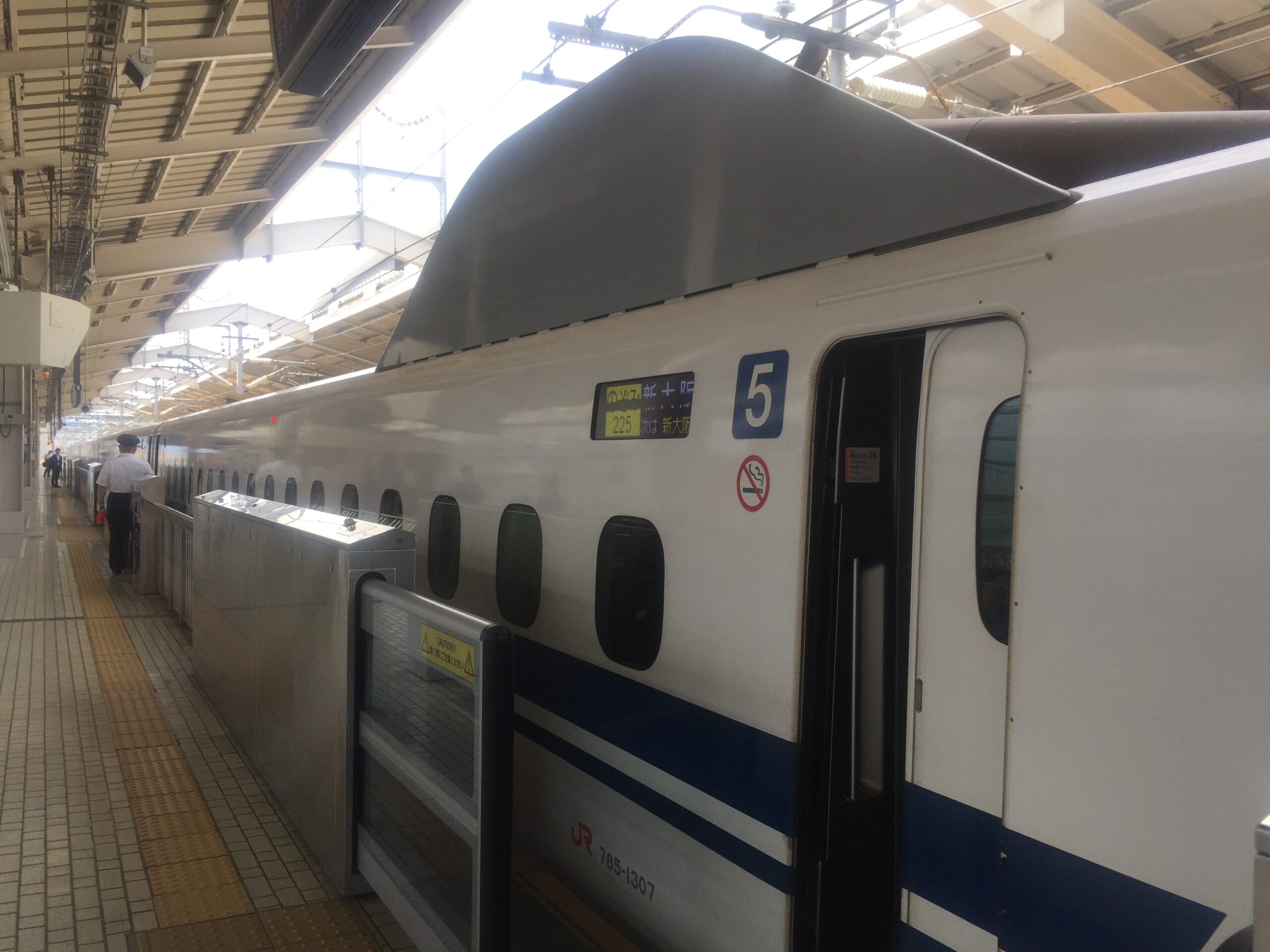

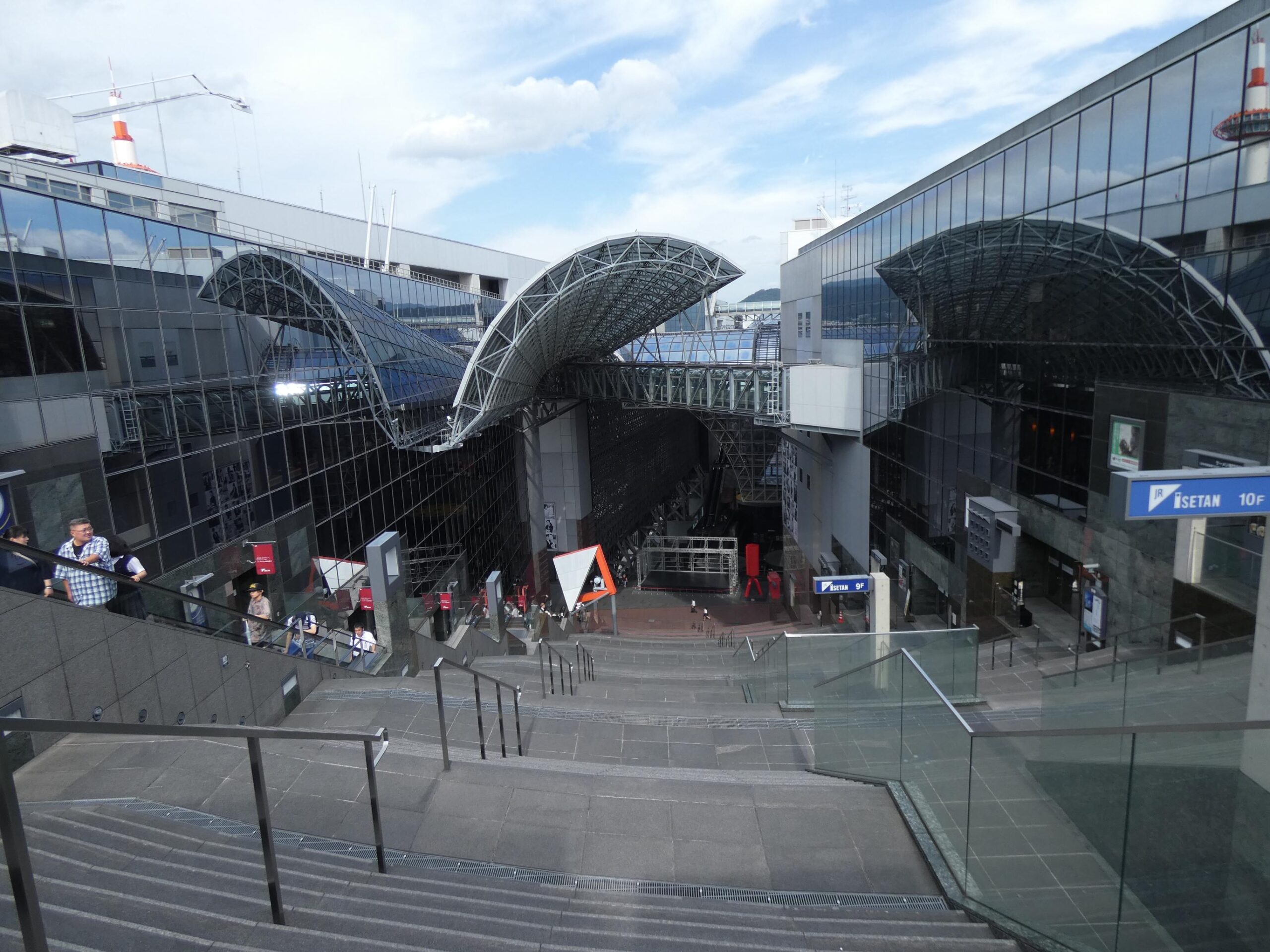
After checking into our hotel, we headed out to explore the Nishiki Market. On the way there, we passed by the Bukkō-ji Temple.
1. Bukkō-ji Temple
Established in the 13th century, this temple is a site for practitioners of Zen Buddhism and those looking to connect with Japan’s spiritual traditions. It just goes to show…in Kyoto, there is history all around you!
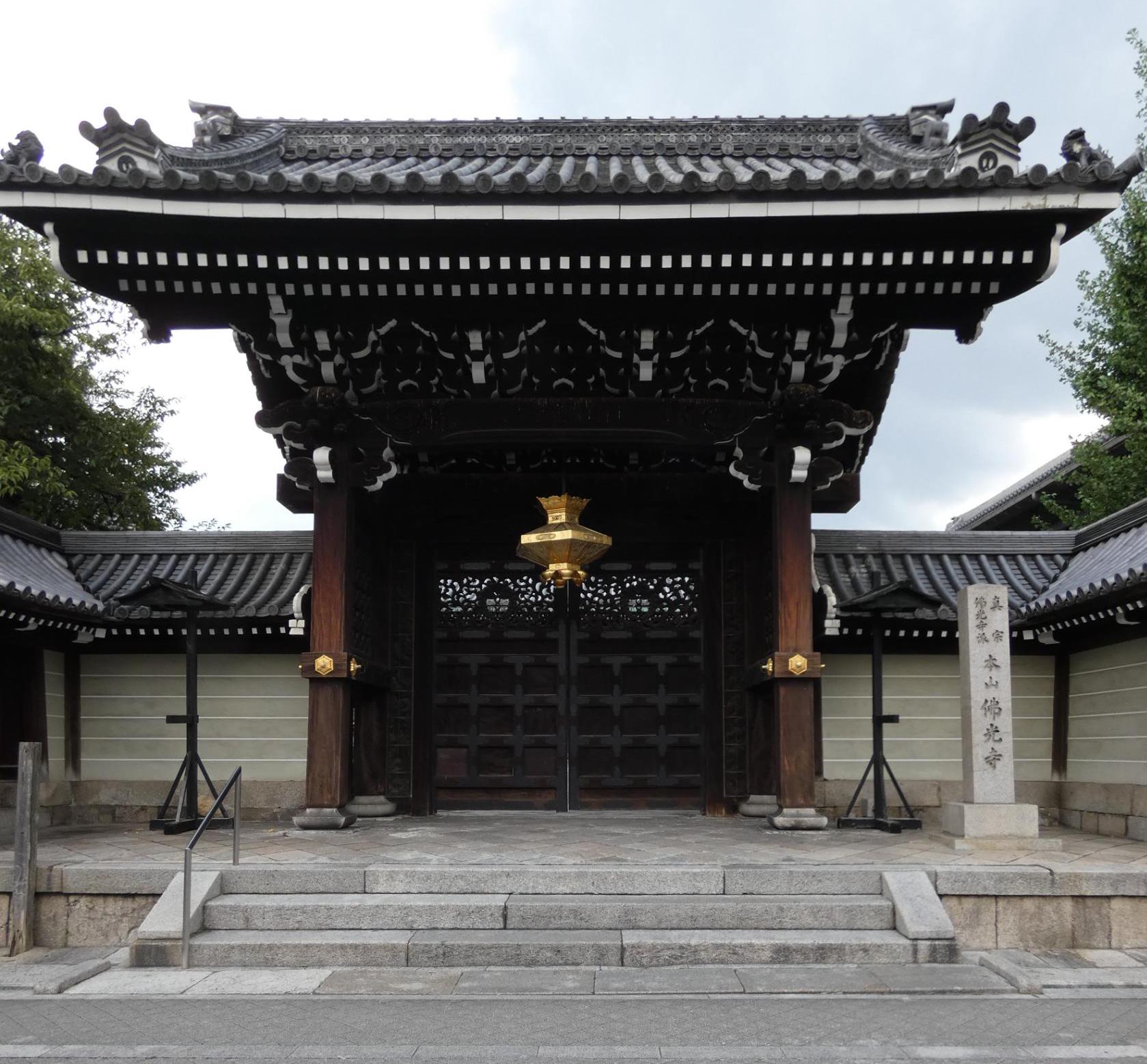
2. Nishiki Market
It was about a 30-minute walk from our hotel to Nishiki Market. Along the way, we got to get a feel for Kyoto’s neighborhoods .
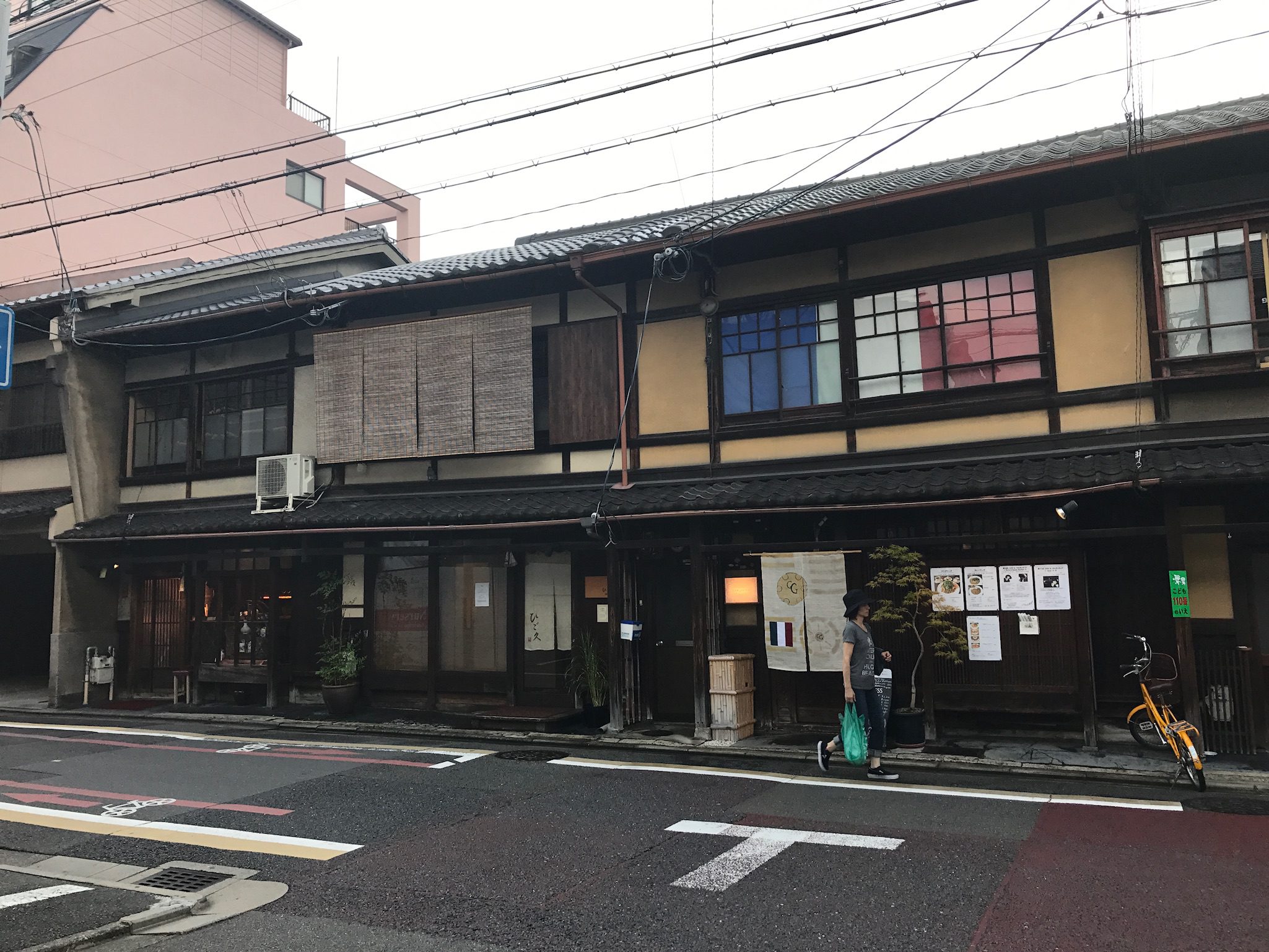
Once at the Nishiki Market, we spent time strolling by the different booths and marveling at all the Japanese delicacies.

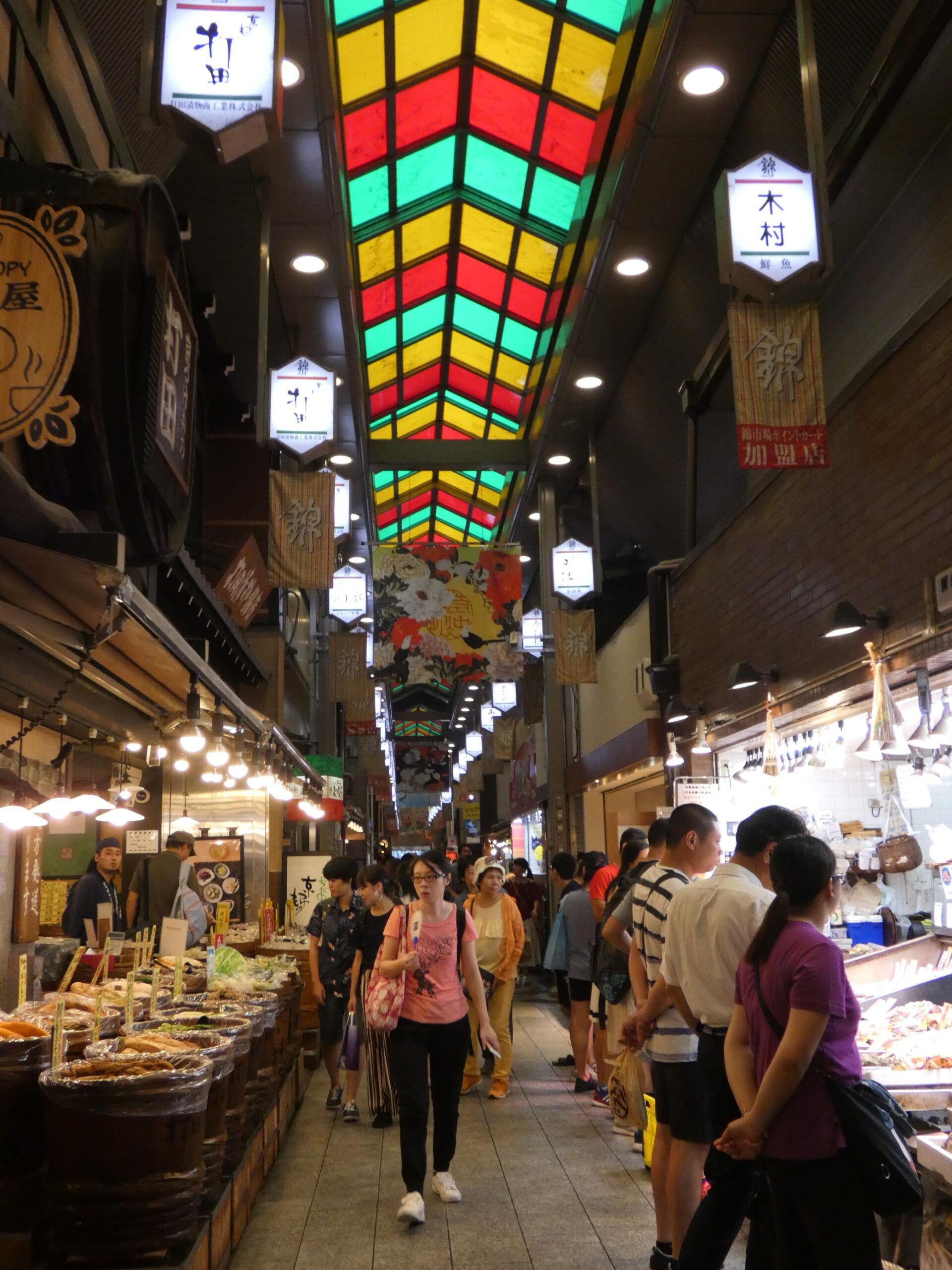
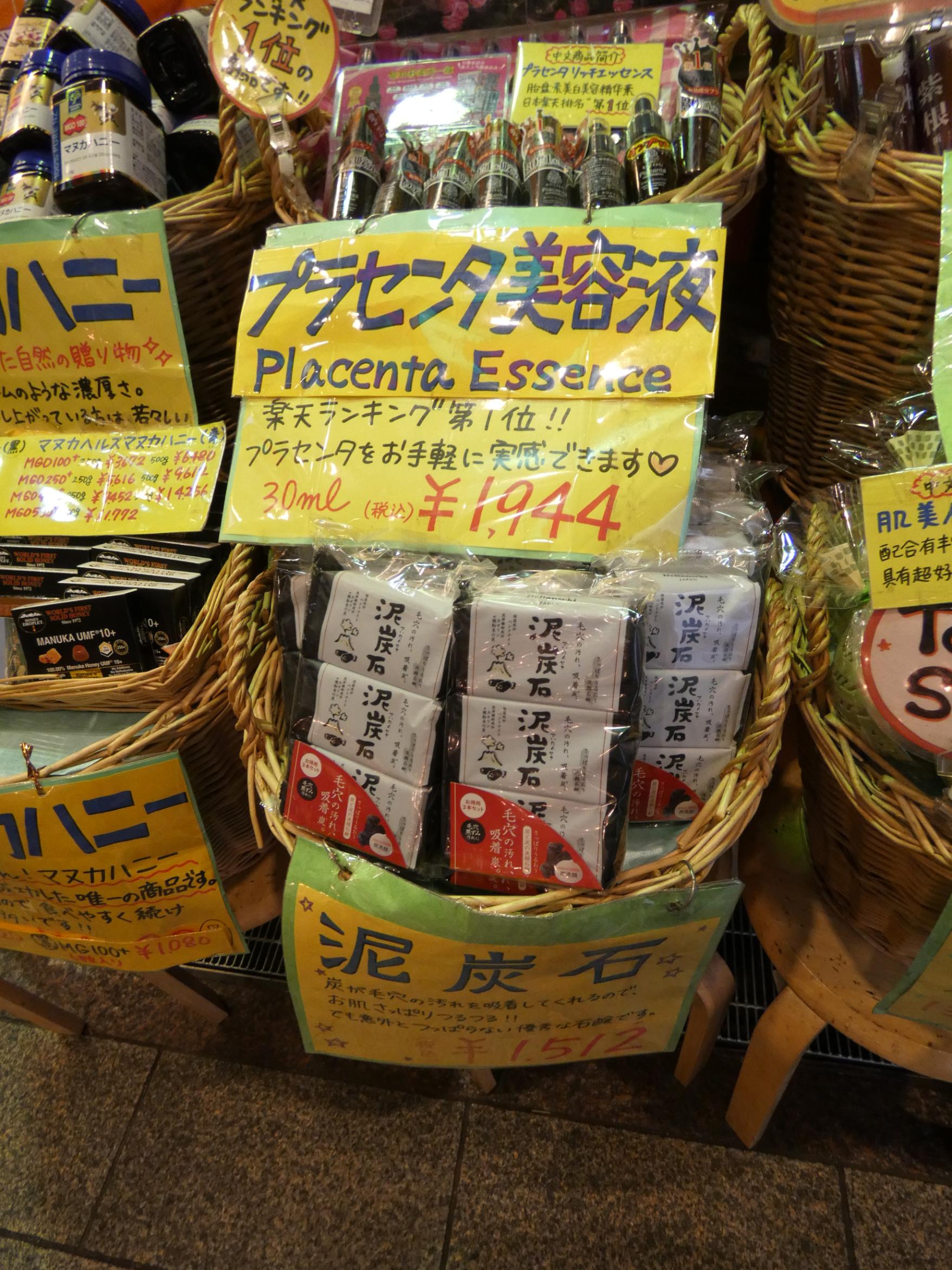
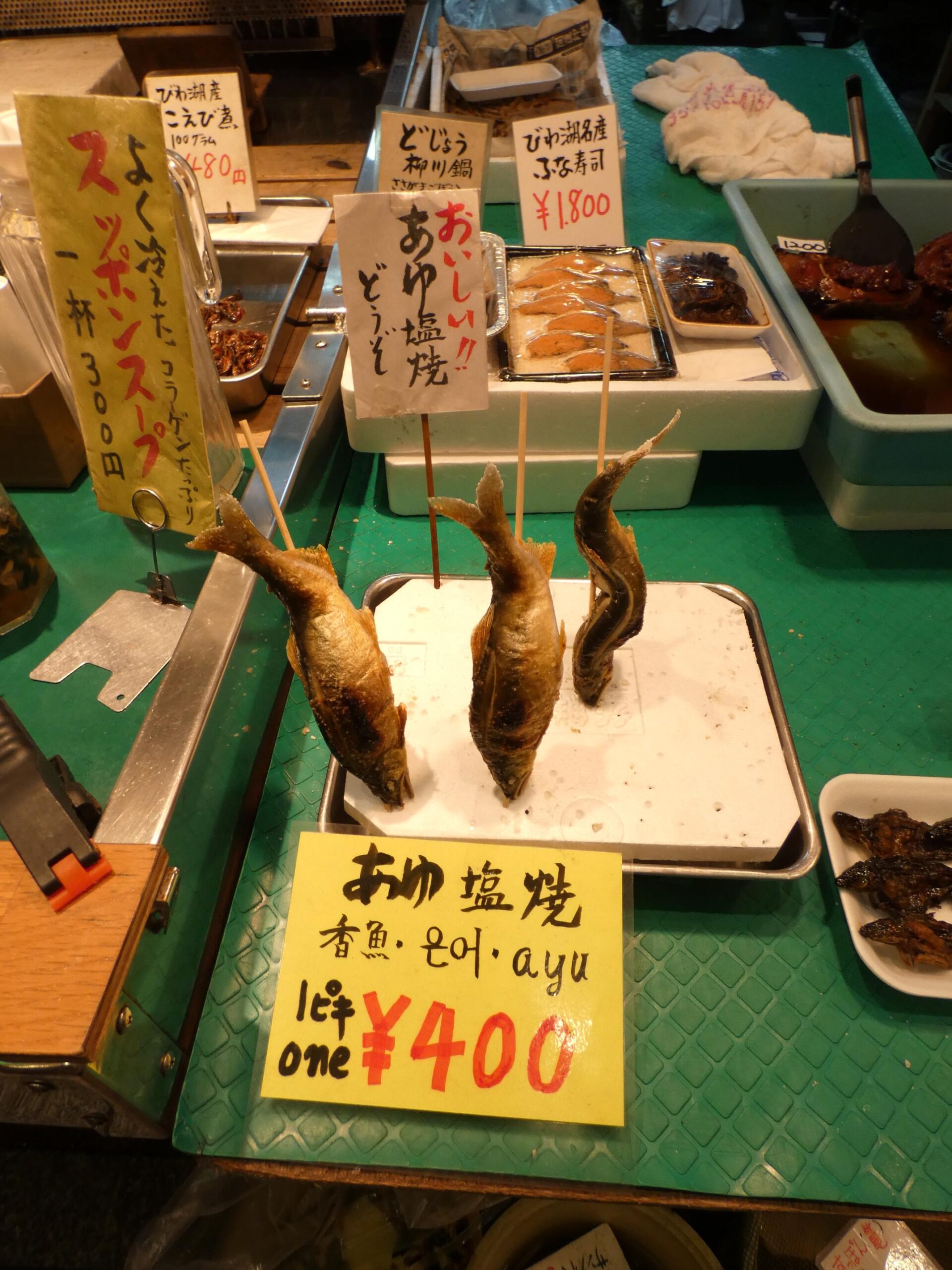

It was getting late, but we still had one stop to make: the Yasaka Shrine. It was just about a 20-minute walk.
3. Yasaka Shrine
Yasaka Shrine is a revered Shinto shrine and a symbol of the Gion area. It’s also the center of the Gion Festival, one of Japan’s biggest traditions. Arguably the most famous festival in Japan, the Gion Matsuri dates back over a thousand years and involves a procession with massive floats and hundreds of participants.

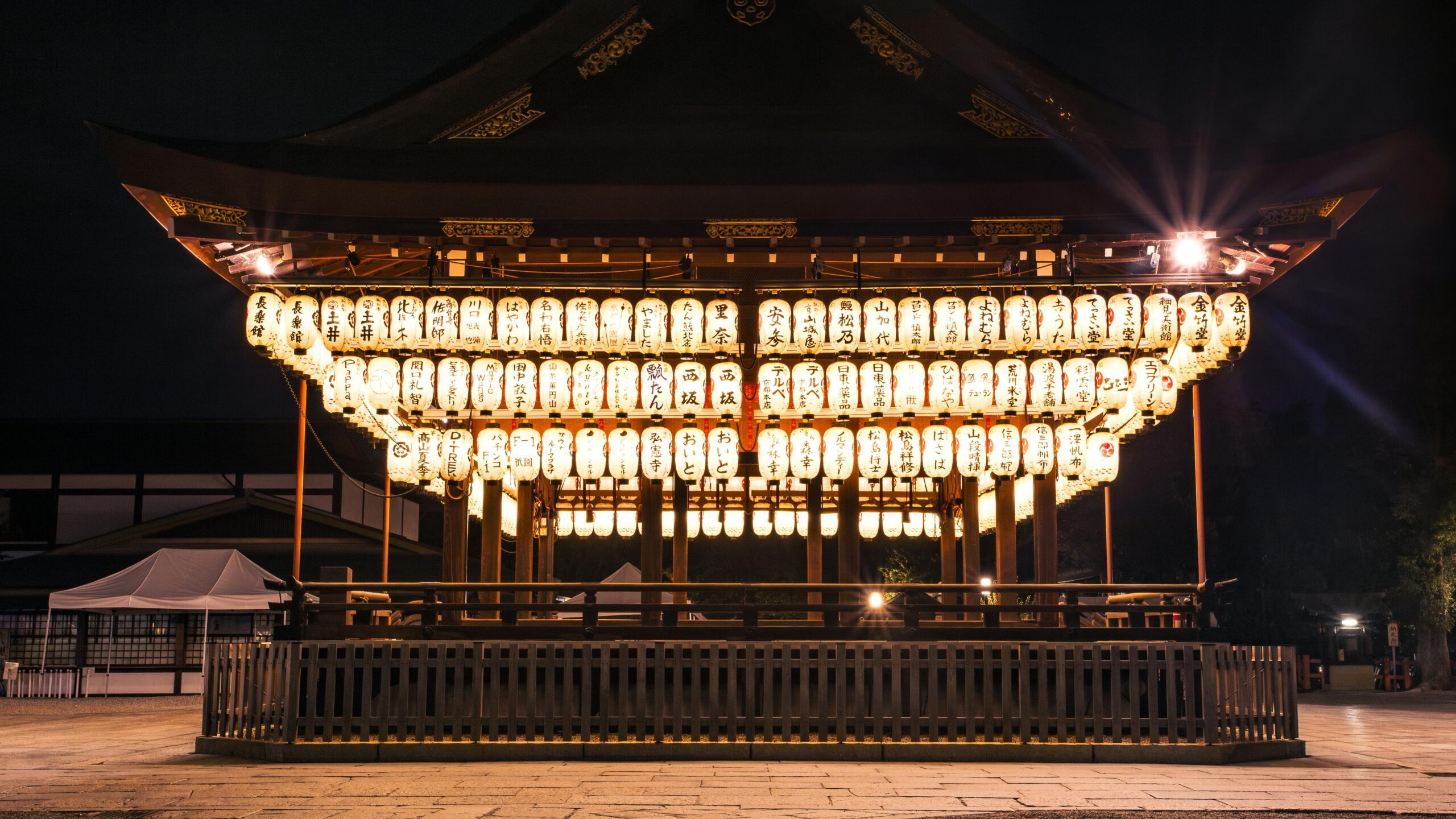
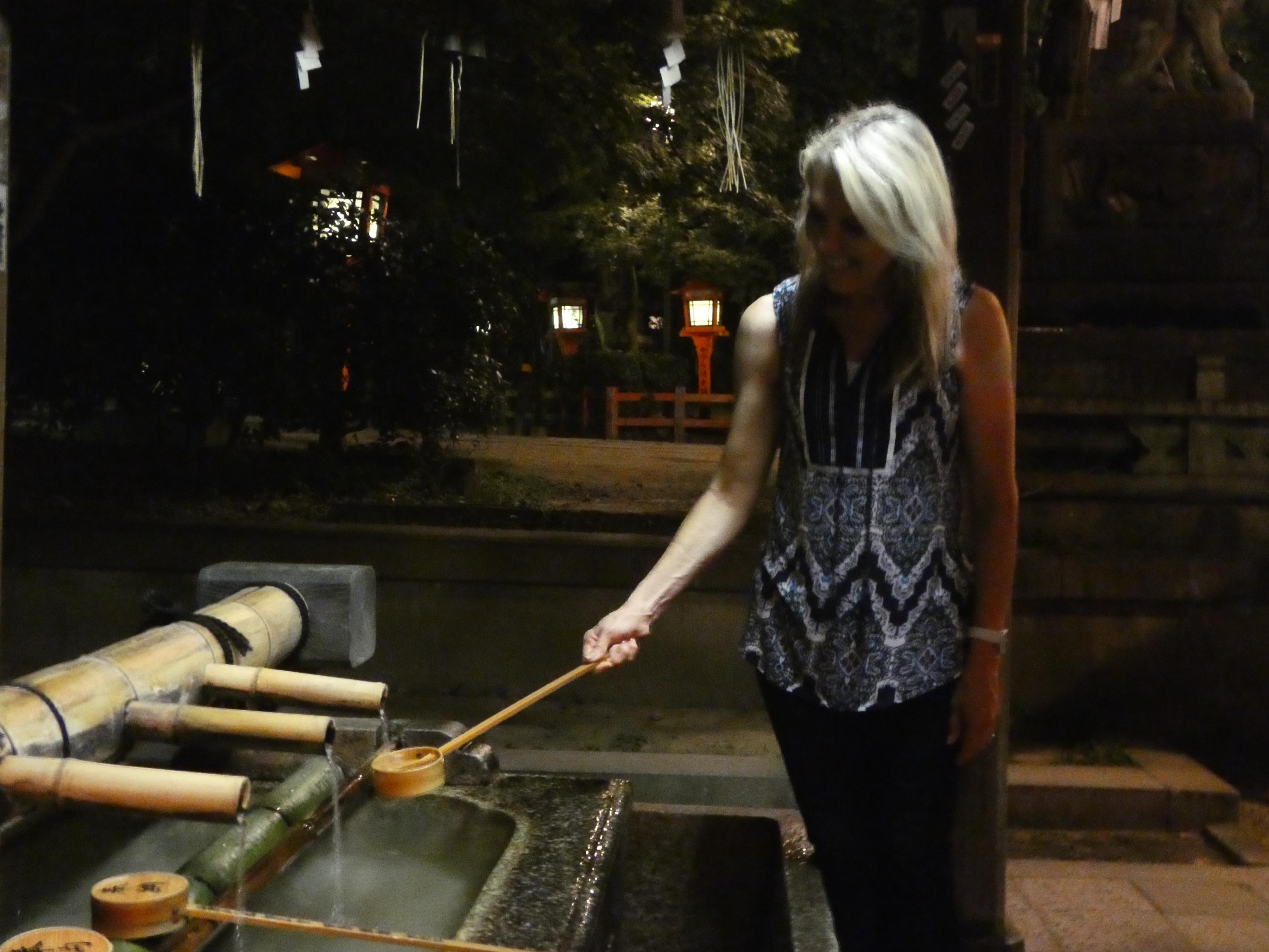
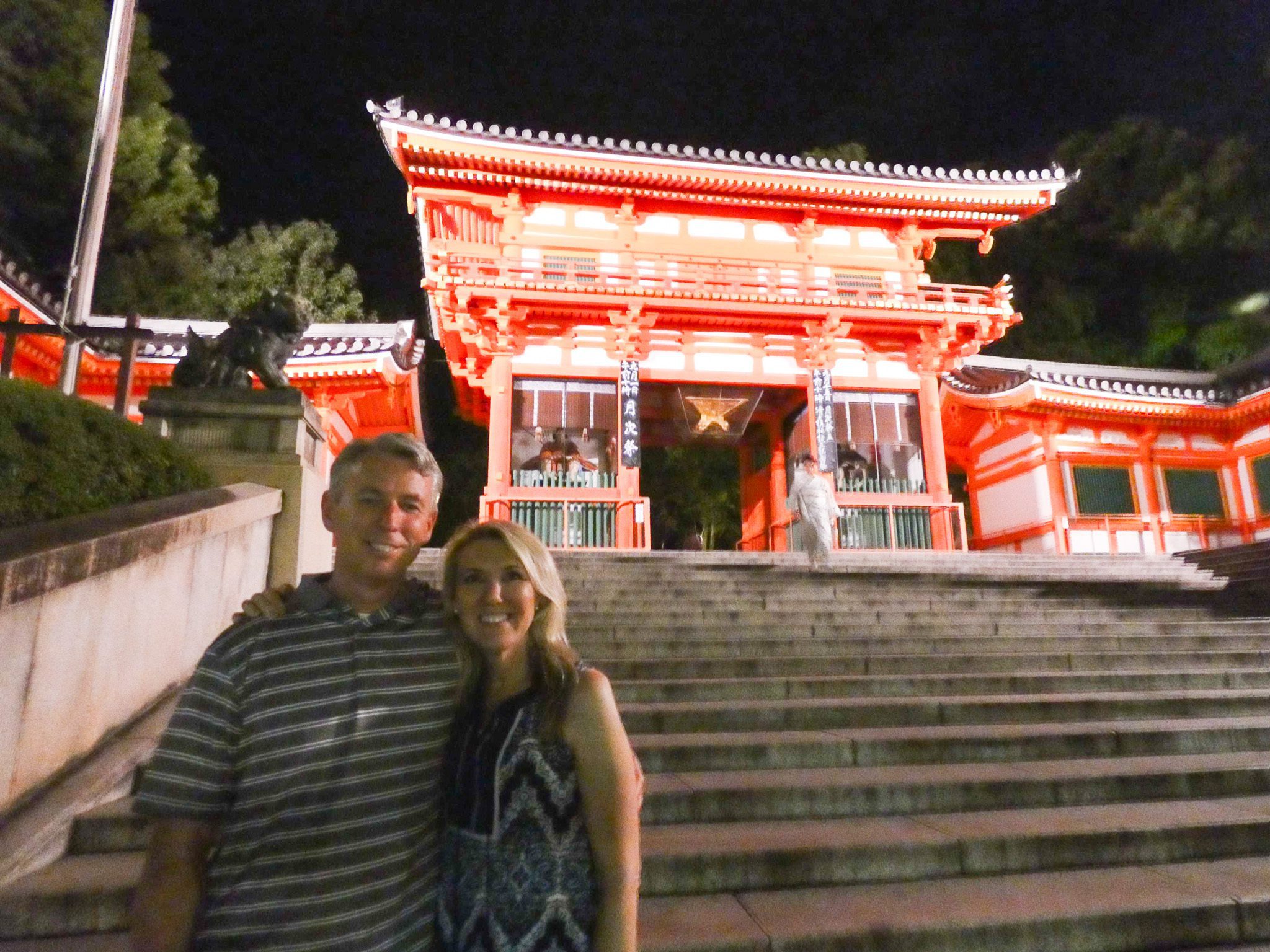
This practice is a form of purification.
We then enjoyed the riverfront on the way back to our hotel.

4. Fushimi Inari Taisha
We visited this on our second day in Kyoto, and it was the highlight of our time there! Fushimi Inari Taisha is famous for its thousands of vermillion torii gates that wind through the forested mountainside. The shrine is dedicated to Inari, the Shinto god of rice and prosperity.
It is said that the shrine was founded in the year 711, before Kyoto became Japan’s capital.
the Entrance:
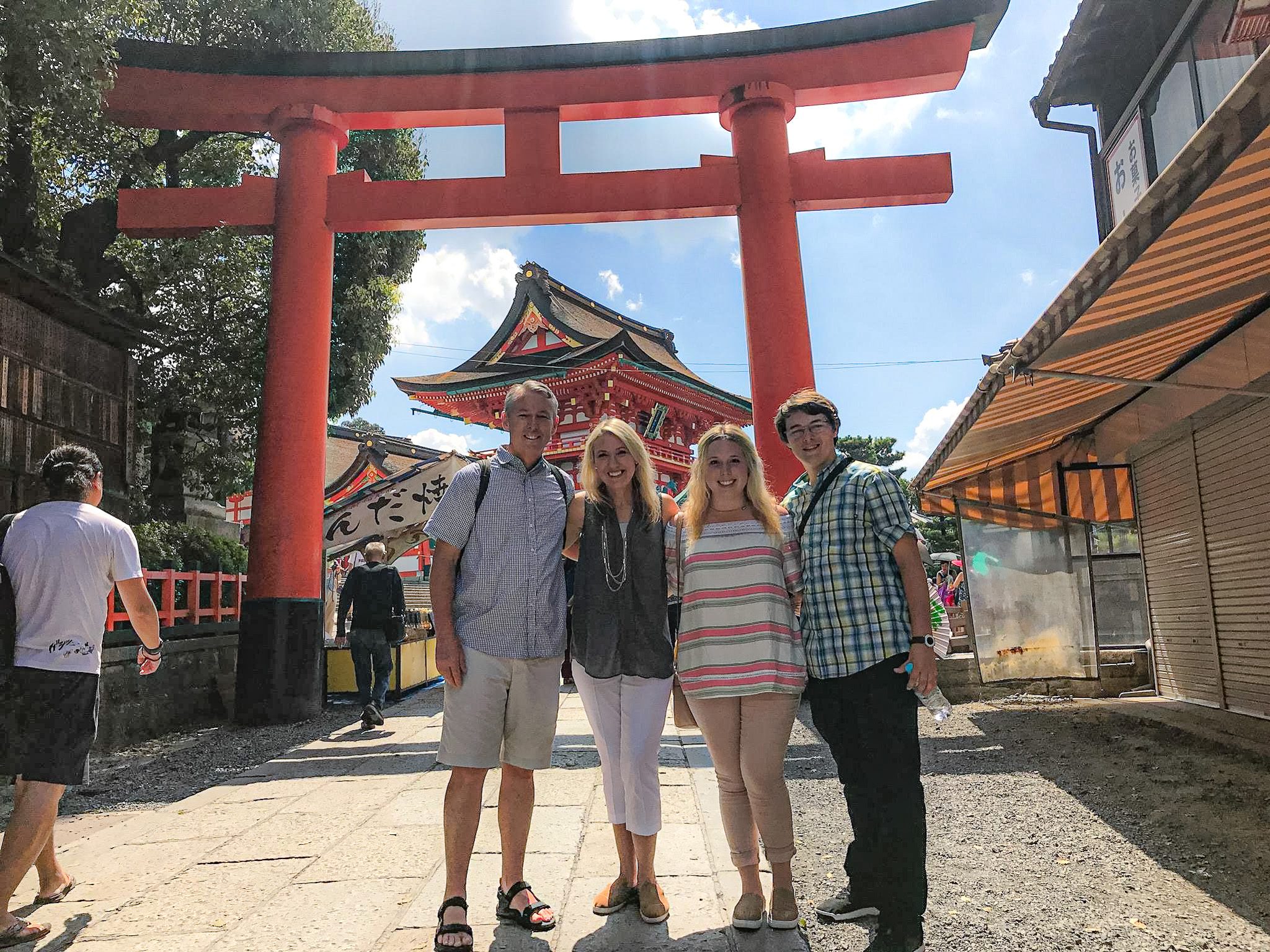
Ge-haiden Outer Hall of Worship:
The Ge-haiden is an open space within the shrine complex for worshipers to gather and perform basic prayers. It’s sometimes also used for dance performances during festivals.
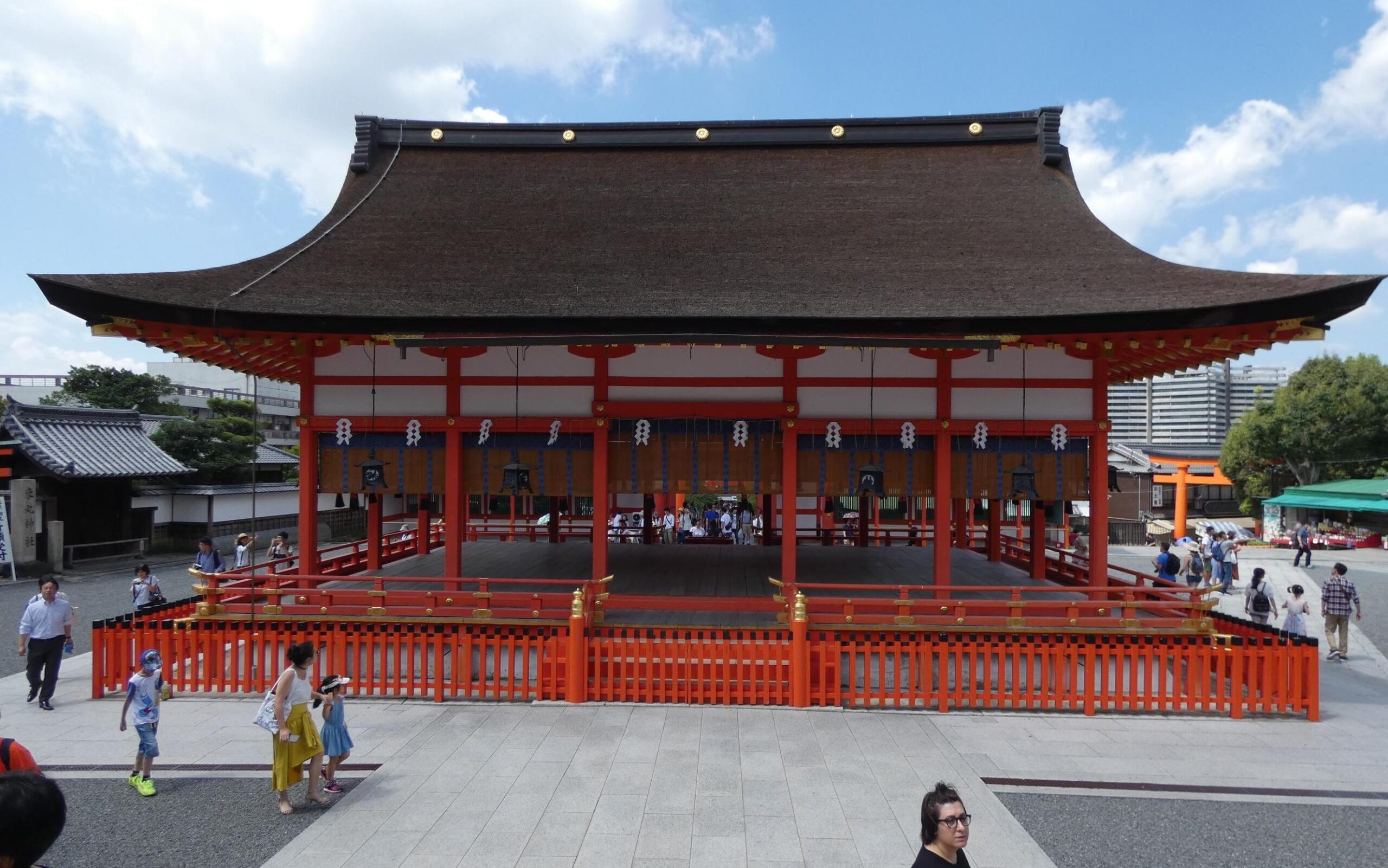
Romon Gate:
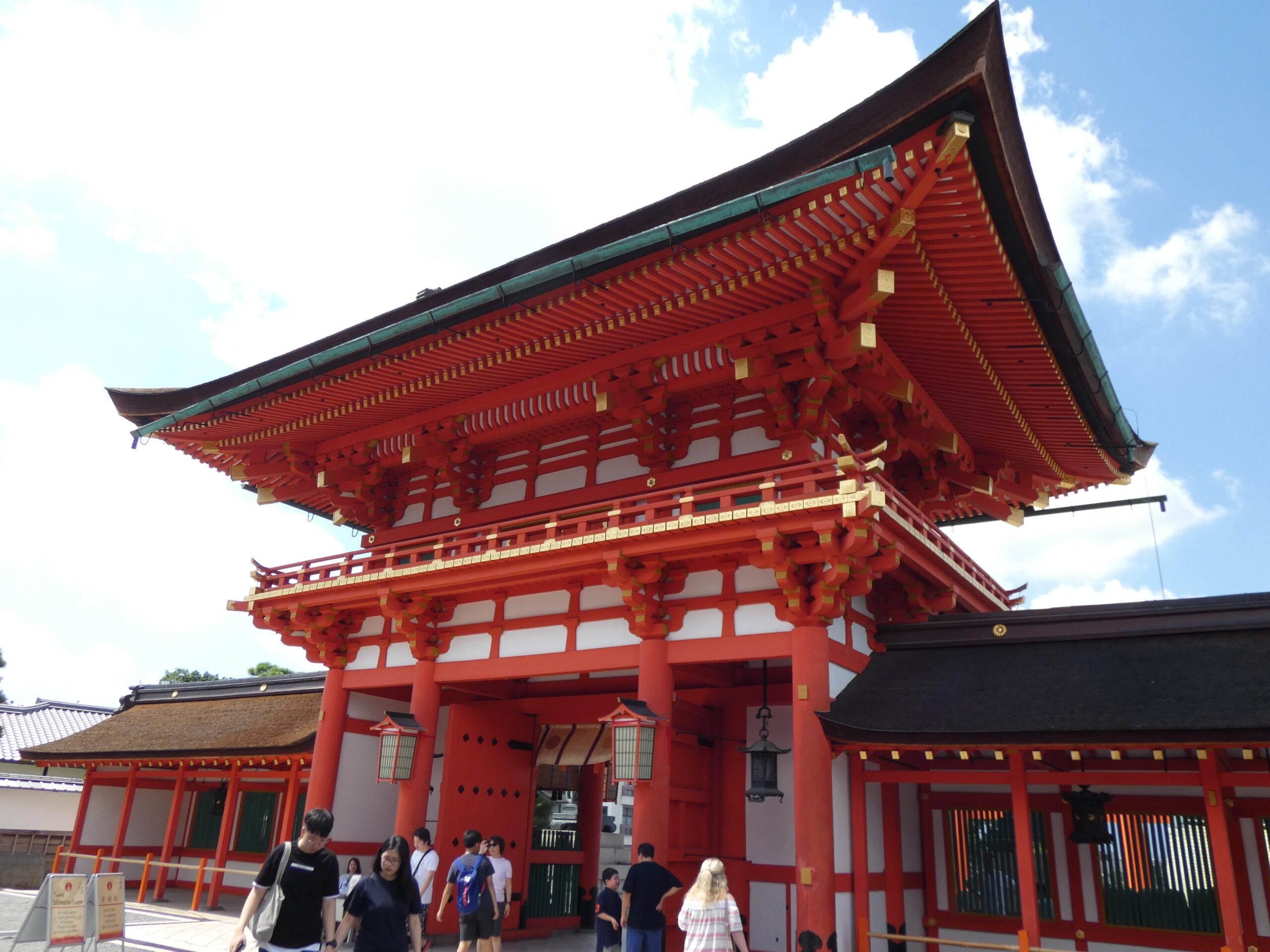
Nai-haiden Inner Hall of Worship:
Also known as the main shrine, the Nai-hiden is a place where worshipers ring bells and pray.

Azumamaro Shrine:
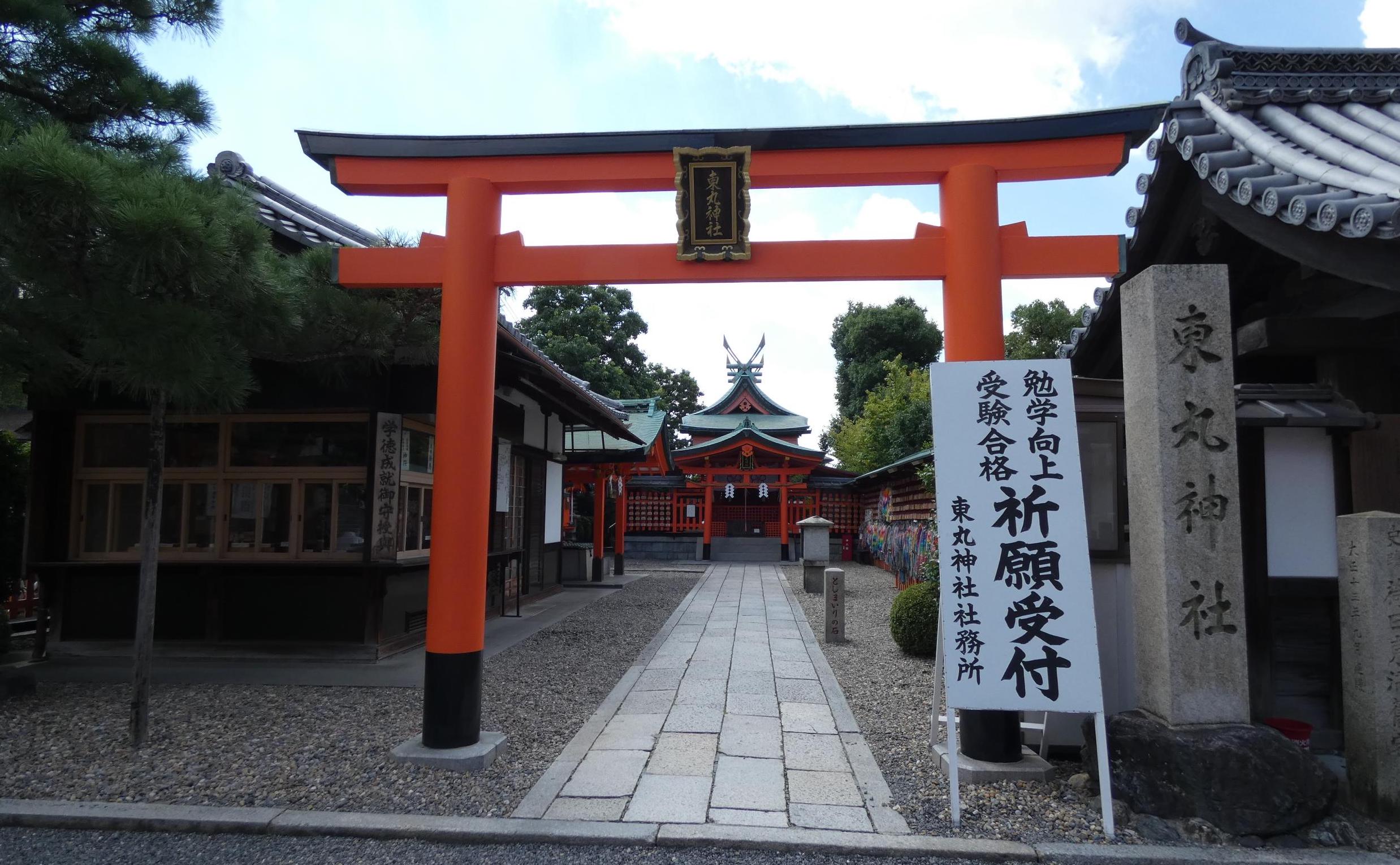
Kaguraden
Constructed in 1882, this structure is a noh stage donated by the leader of the Kongo School of noh. Today, the stage is used for shinto performing arts, known as “kagura.”

Shamusho (administrative offices):
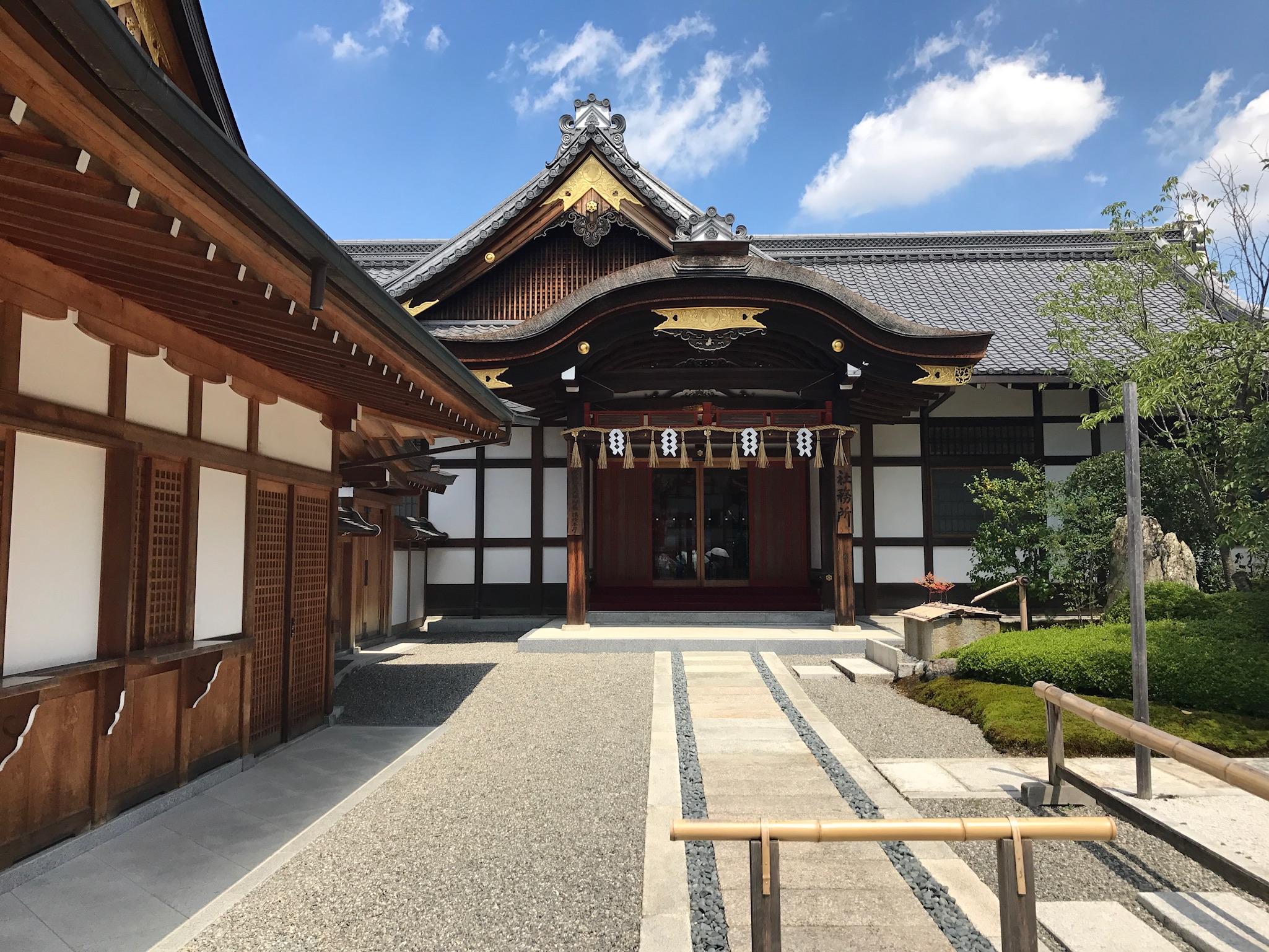
Ema Plaques:
Ema are wooden plaques used in Japan to make wishes or prayers. The word “ema” translates to “picture horse.” The tradition of ema dates back to the eighth century.

Fox Statues:
There are 108 fox statues at Fushimi Inari Taisha. Foxes, or “kitsune” in Japanese, are considered messengers of Inari, the god of rice, prosperity, fertility, tea, sake, agriculture, and industry. Shrines typically have guardian lion-dog statues called “komainu,” but Fushimi Inari has fox statues instead.
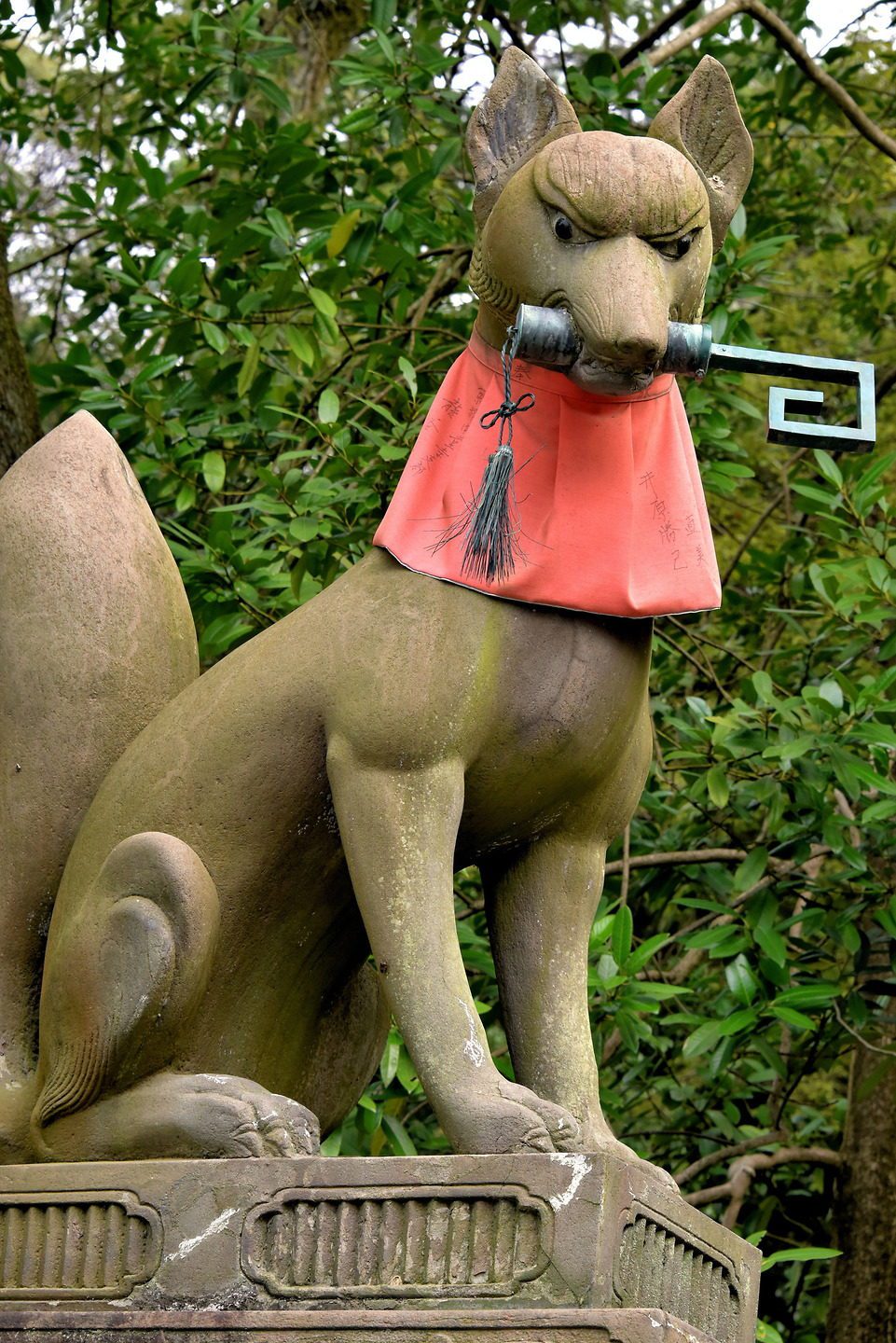

Tamayama Inarisha:
This shrine was once located on the grounds of the Imperial Palace, and Emperor Higashiyama worshipped before it. After the passing of the emperor, it was moved, and in 1874 it was moved again…to Fushimi Inari Taisha.

Torii Gates:
The path leading up Mt. Inari is dotted with many stone altars (otsuka) and marked by approximately 10,000 torii gates.
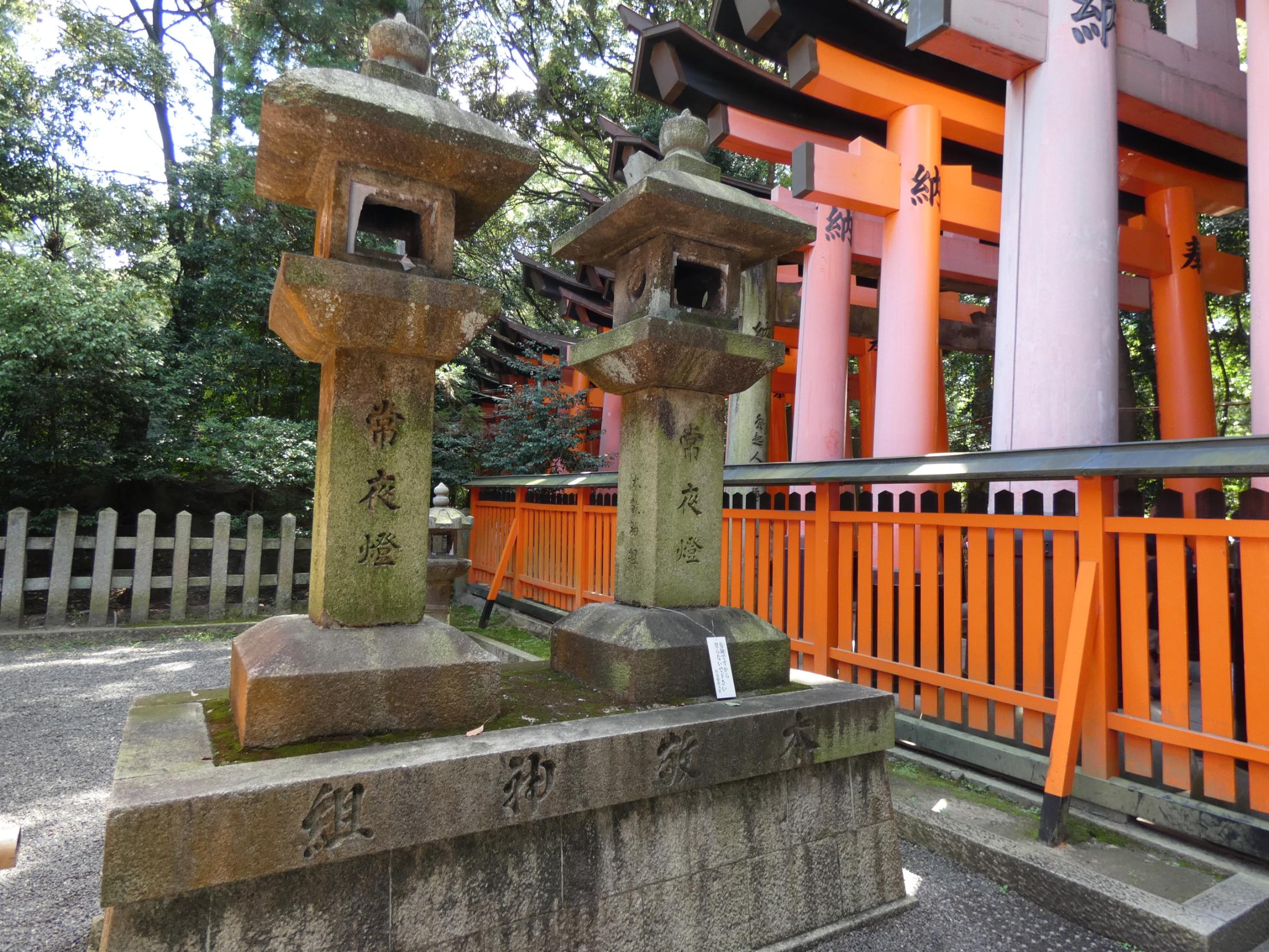



It was about an hour-and-a-half hike to the top. I’m pretty sure we took the clockwise (difficult) route by mistake. Unfortunately, it was also hot—soul-crushingly hot—that day (92 degrees with 52 percent humidity).

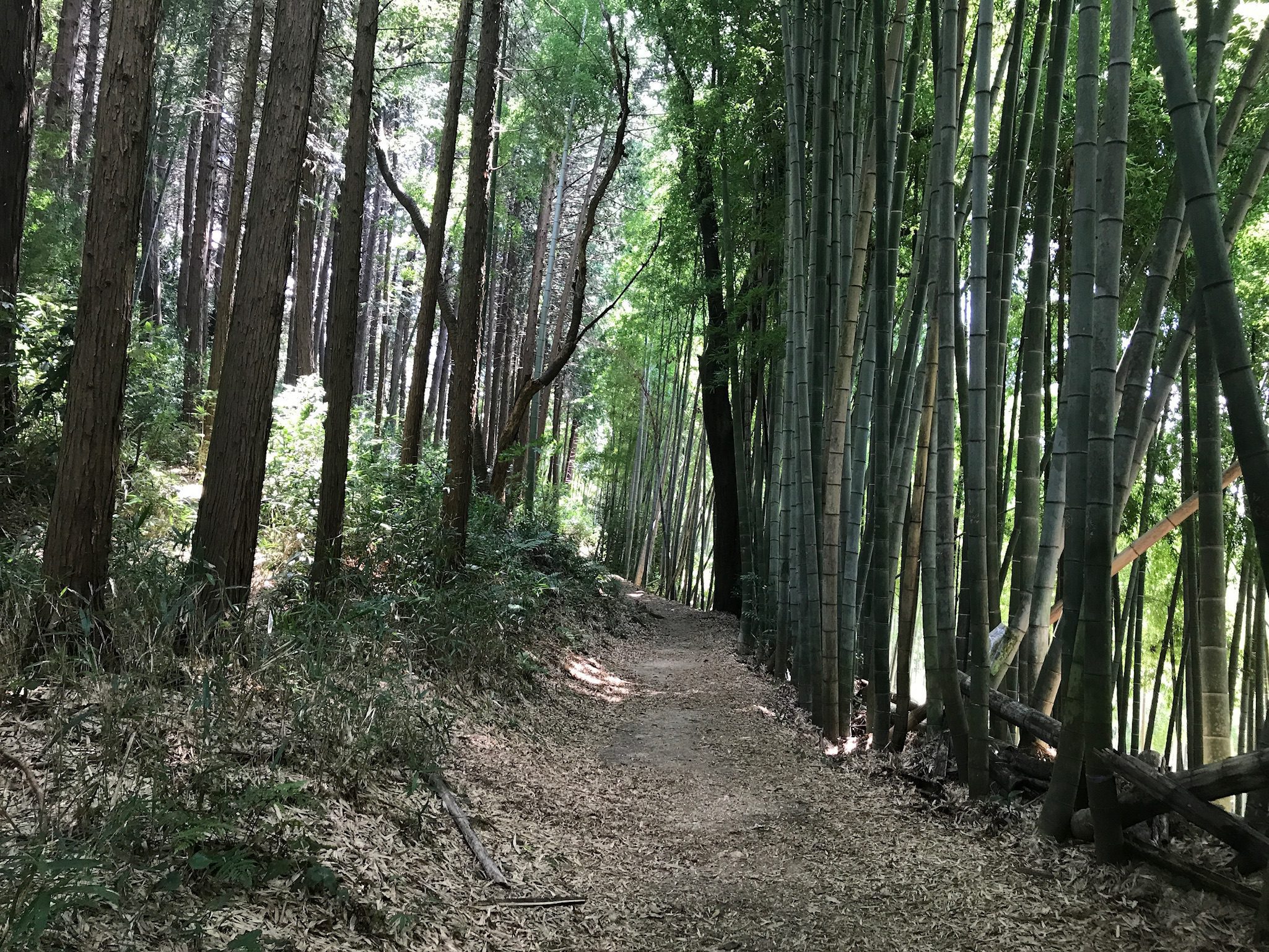

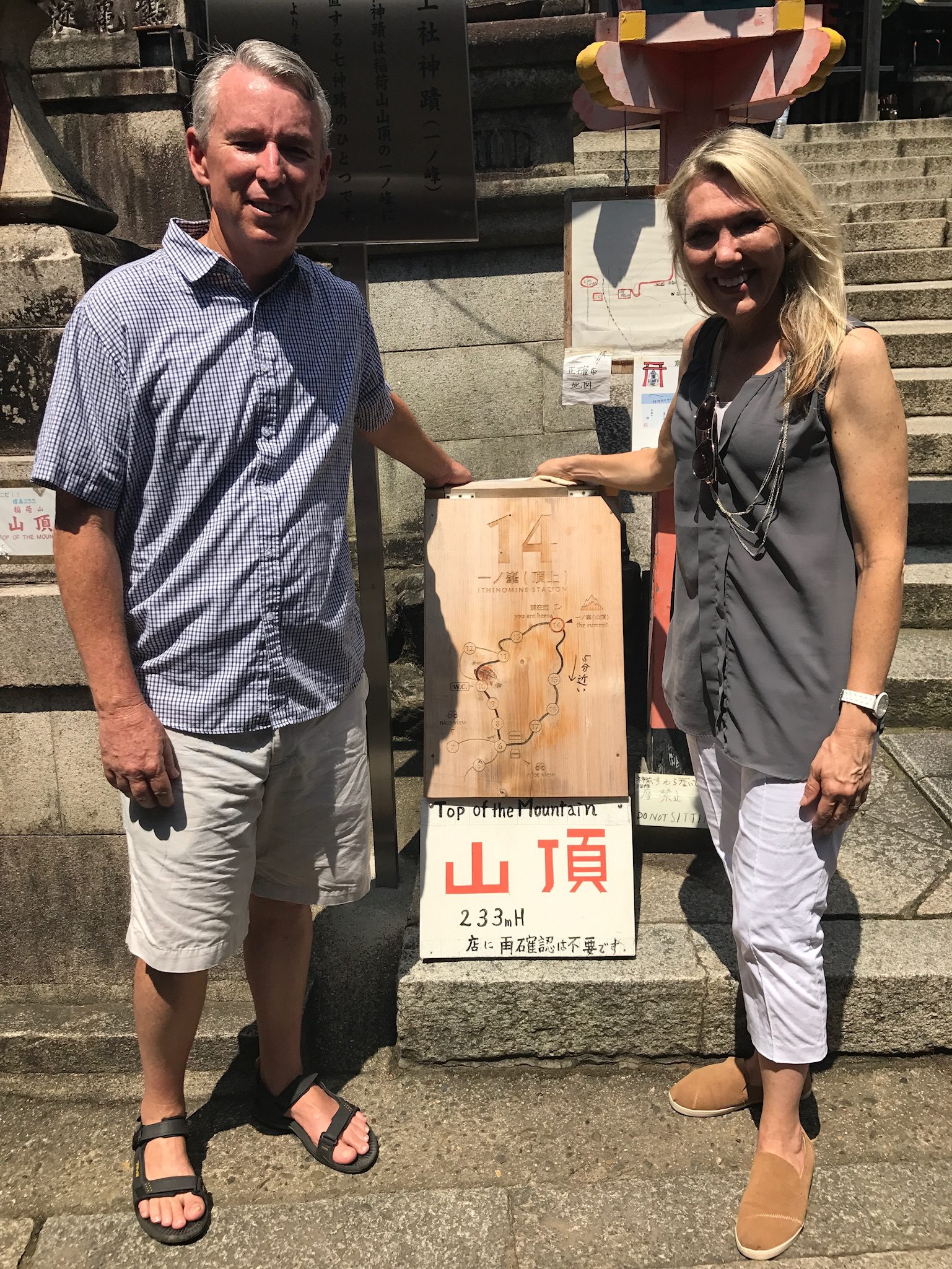
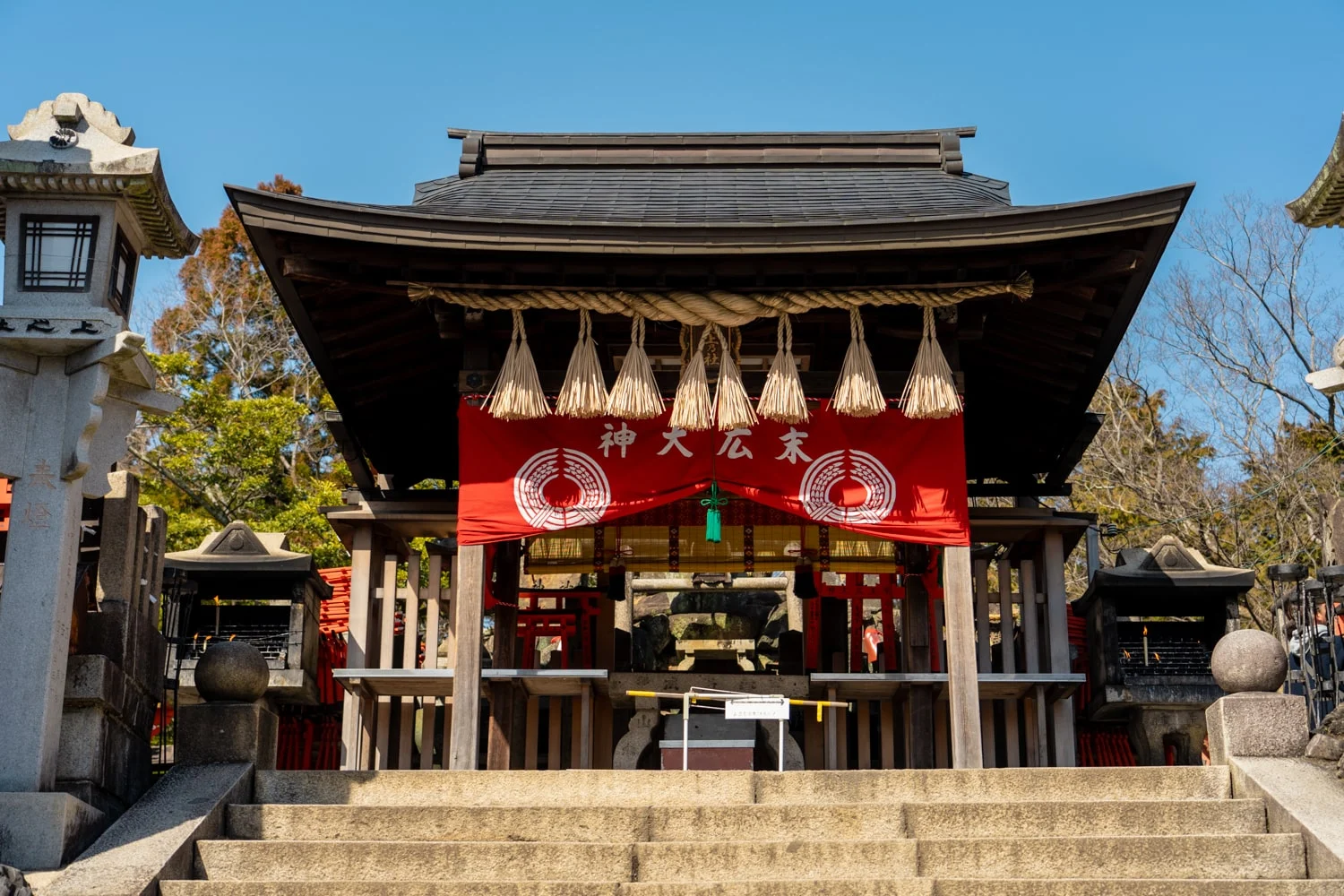
There was a large shrine at the very top





We spent the better part of our day here; there was a lot to see and experience.
5. Kandakara Shrine
Fushimi Kandakara Shrine, located halfway up Mt. Inari, is a shrine that enshrines Amaterasu Omikami, Inari Daimyojin, and ten kinds of sacred treasures. It was located near Fushimi Inari Taisha, so of course, we wanted to stop and take a look!


Getting Around Kyoto
We walked everywhere, but we are told today you can use rideshare services like Uber.
Parking in Kyoto
We got a kick out of this, as it reminded us of dry storage for boats. So smart! We had seen an indoor version of this in Tokyo.
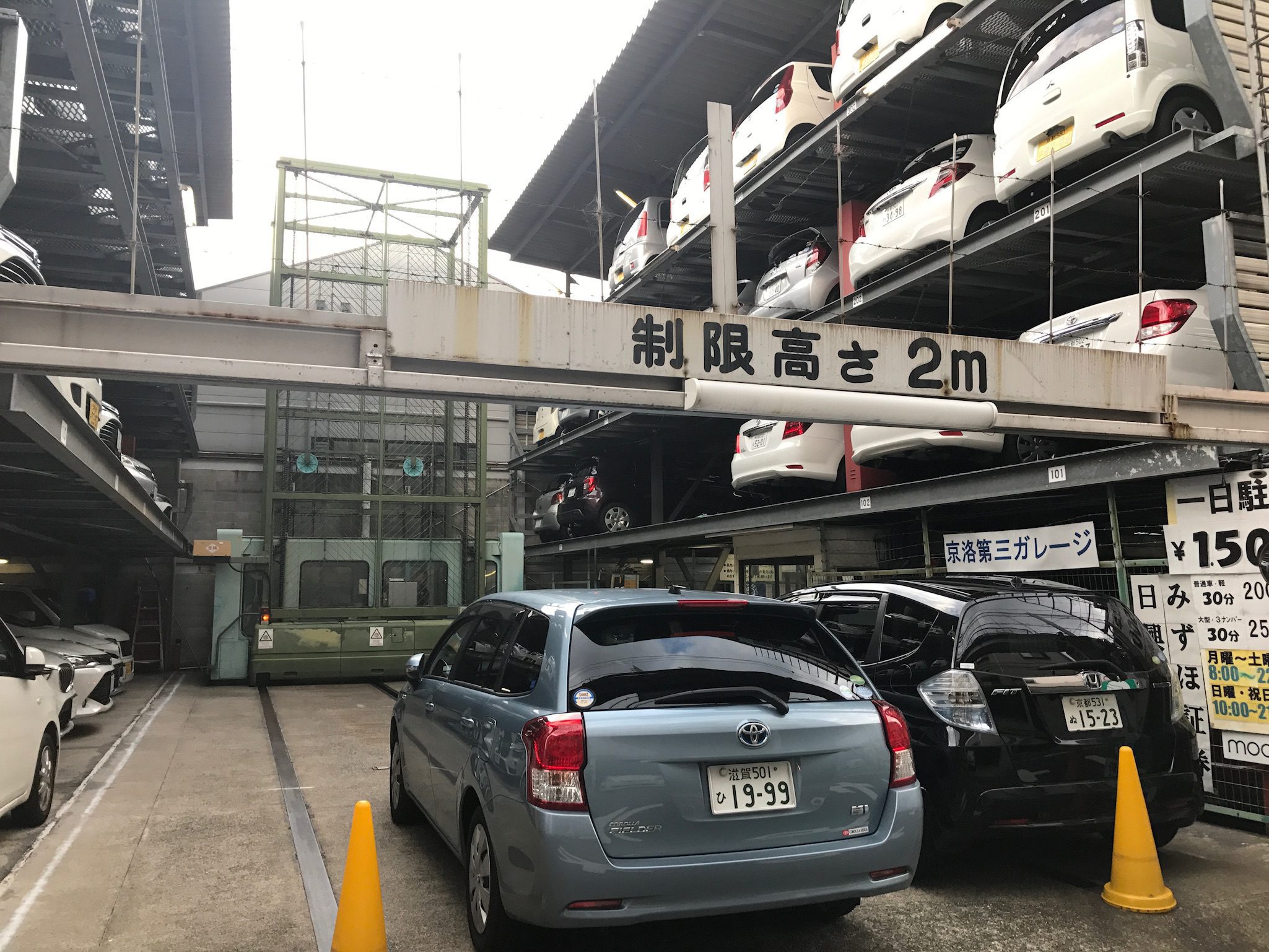
Here are the things on our list that we weren’t able to get to. It’s a lot; you could easily spend a week or two in Kyoto!
Kinkaku-ji (The Golden Pavilion)
Arashiyama Bamboo Grove
Kiyomizu-dera Temple
Otagi Nenbutsu-ji
Honen-in Temple
Tetsugaku-no-Michi (Path of Philosophy)
Kurama and Kibune
Where We Stayed
We stayed at the Kyoto Century Hotel, which was right next to a transit station and near the Kamo River. It was a lovely hotel and the staff was very gracious. One morning, I asked the concierge about the Japanese soufflé pancakes we kept seeing everywhere. The next day, she flagged me down and gave me a beautifully handwritten copy of her family’s recipe. Her kindness really stuck with me.


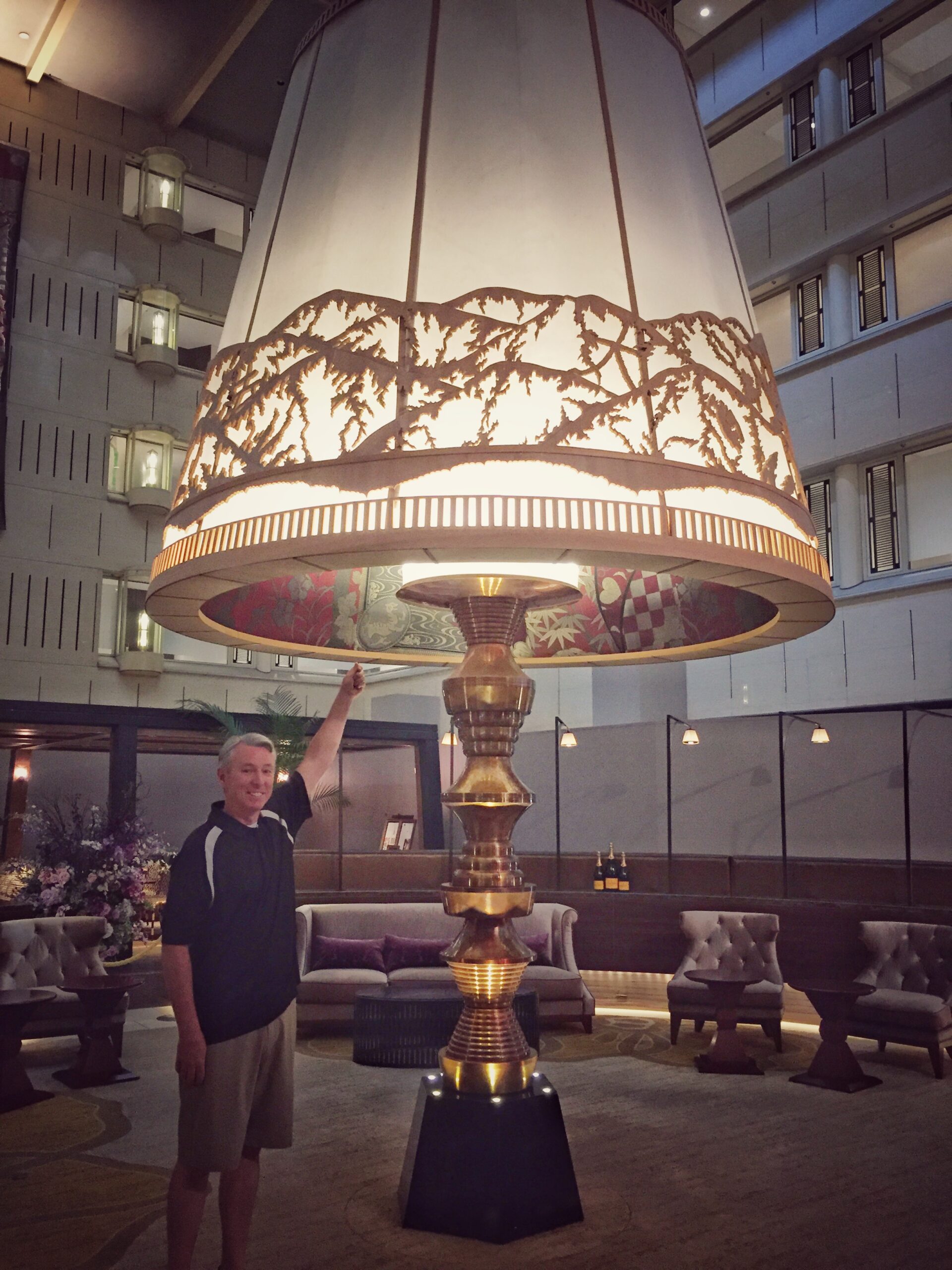

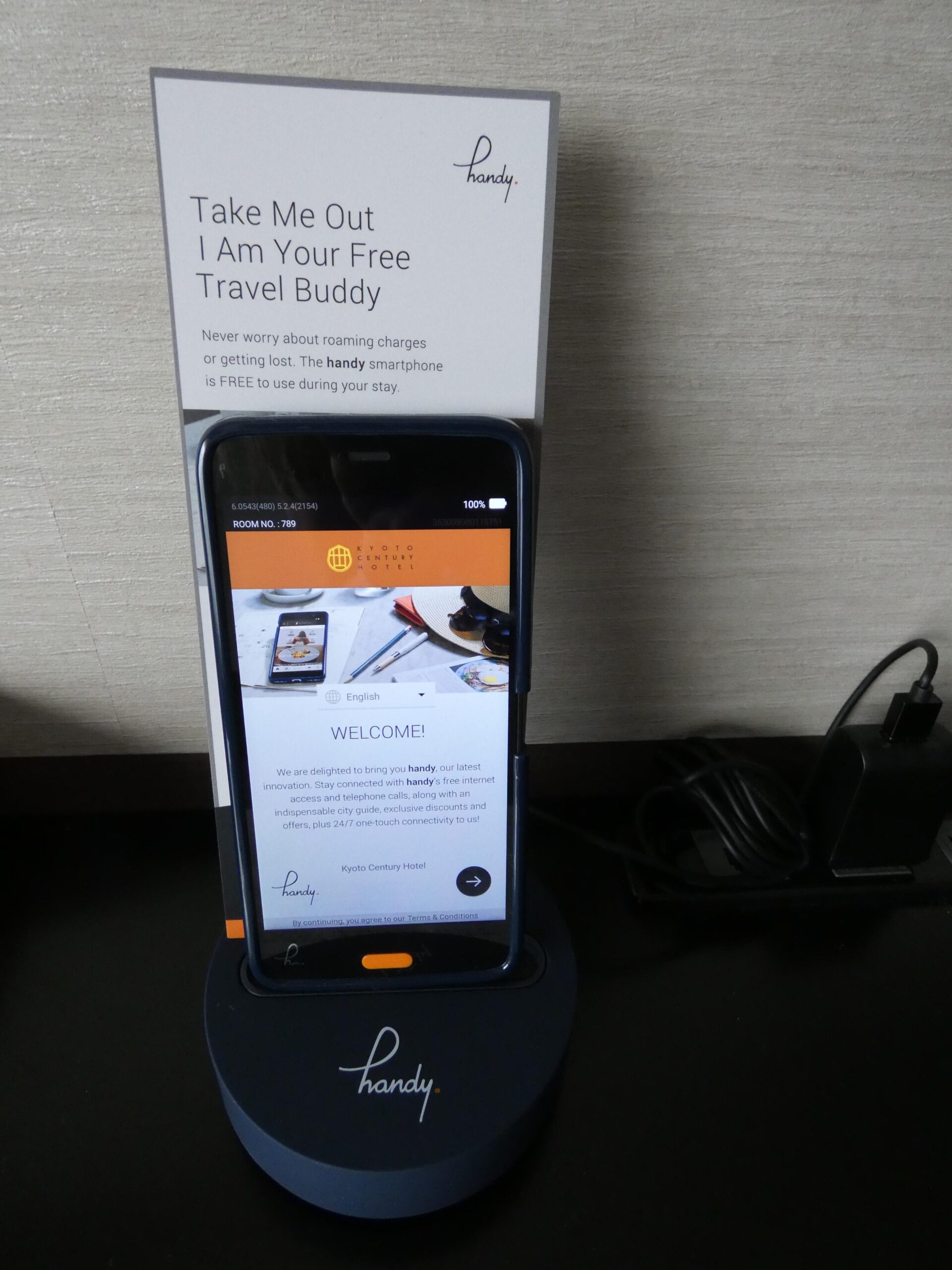

Things We Learned While Visiting Kyoto
- Get an IC Card (ICOCA or Suica) – This makes public transportation much easier.
- Start early – Many attractions get crowded by mid-morning.
- Wear comfortable shoes – Kyoto involves a lot of walking.
- Respect temple etiquette – Be mindful of photography rules and maintain silence in sacred areas.
- Cash is still king – Many small shops and temples don’t accept credit cards.
- Stay central – Areas like Higashiyama, Gion, or Kyoto Station are ideal for exploring the city. We stayed in the latter.
Final Thoughts
Kyoto is a city that captivates the soul. Whether you’re marveling at ancient temples, savoring exquisite cuisine, or strolling through historic streets, Kyoto offers an unforgettable experience. Its timeless beauty, deep-rooted traditions, and warm hospitality make it a place you’ll want to visit again and again.
That’s true for my family. Each of us has rated it among our top travel destinations in the world.
Originally written April 30, 2017; content refreshed in 2025

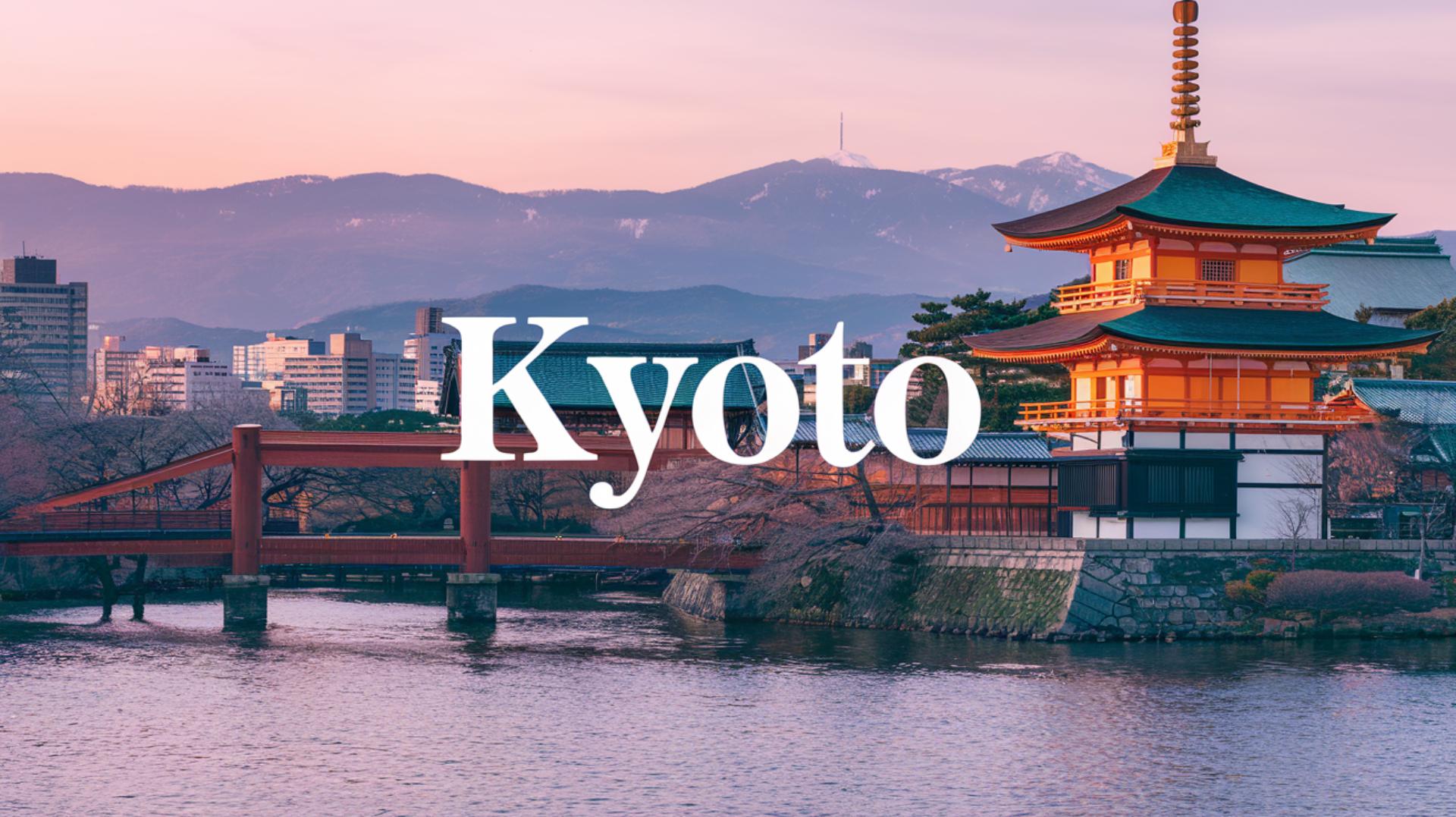



Leave a Reply